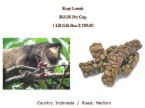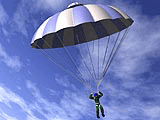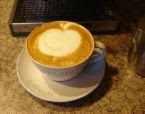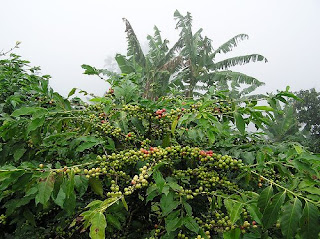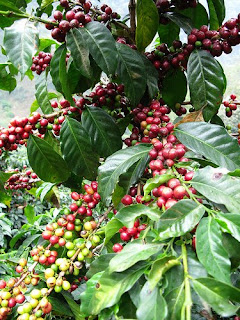

Kopi (or coffee) Luwak from Sumatra, Indonesia is one of the rare type of coffee in the world. The current price of a pound of Kopi Luwak about $ 500 or more, and this is one of the most expensive coffee in the world.
In addition to the excellent taste of coffee, and coffee, is rare, since they are produced.
Coffee cherries are picked, as well as other premium coffee market. In fact, the beans from the feces of pet cats Civets (scientific name: Paradoxurus), the local called "Luwak". It is believed that these mammals in the world's best coffee cherry picker. The Luwak chose coffee, ripe cherry and red and eat them. Eat only the skin, but he swallowed the beans to coffee beans are exposed to the process of fermentation in the digestive system and describe the cat Civets alien tastes. Coffee, beans and get rid of the cats Civets .
The Farmer collect the feces and cleaning the coffee.
Why interest in coffee, which violates cultural taboos, ...because of his travel through the digestive system of animals? "All the calls for education and vocational training is the cat coffee," says Michael Sharp Australian cafe owner, was quoted as saying the Australian Associated Press.
High demand for coffee is folly Pyle got a forest floor, at first glance surprising. However, it is a taste of the coffee and the reasons for people to overcome the challenge of drinking "the cat, coffee, education, vocational training," says Reuters.
Kopi Luwak taste is different from other coffee in many different ways. Kopi Luwak coffee reports less protein, and there is also less other bacteria, possibly digest Civets floor. It has been absorbed by the feces of cats Civets beans are also available as the best and selected beans, because these animals only to get the best cherries of the coffee consumption.
Coffee drinkers, said it was a rich taste with hints of chocolate and candy flavors, it is lighter than other flavors of the coffee blends. Some describe as a simple, practical and musty taste, as the results of the digestion. Even the taste of coffee takes longer in the mouth.
The finished brew reportedly tastes smoother than other coffee blends and has an earthy, exotic flavor.
Actually, similar coffee can be found in Vietnam and it is called “caphe cut chon” by the locals (which literally means fox-dung coffee).


